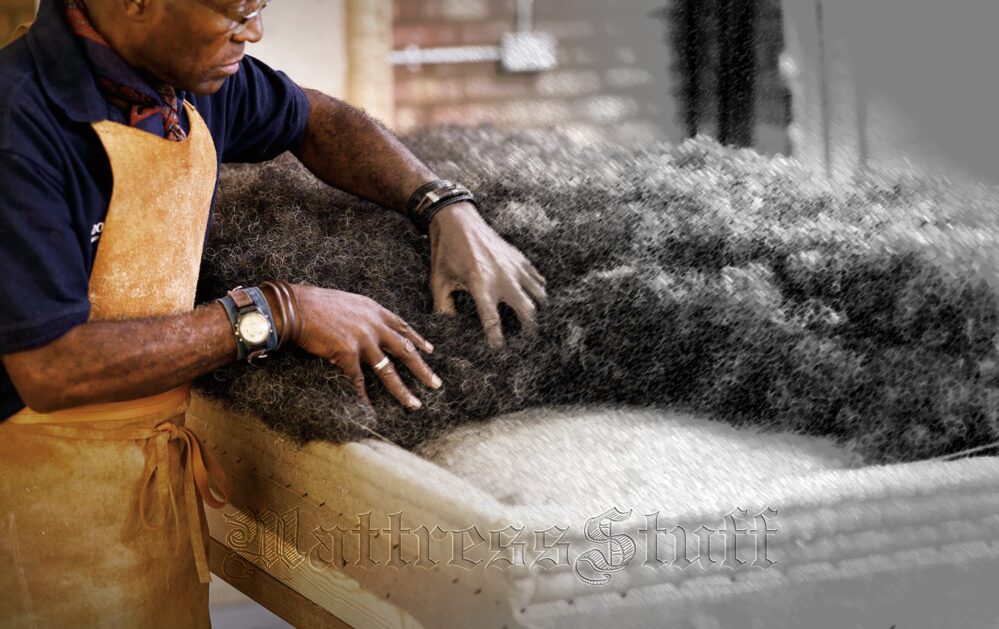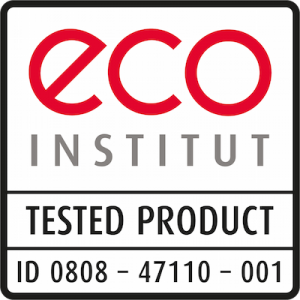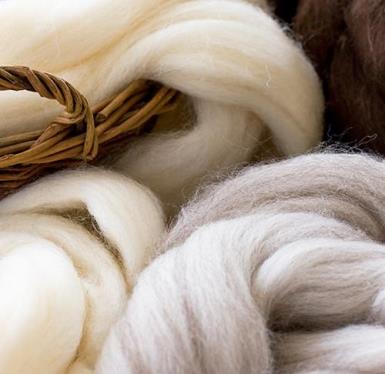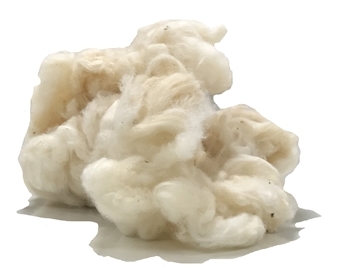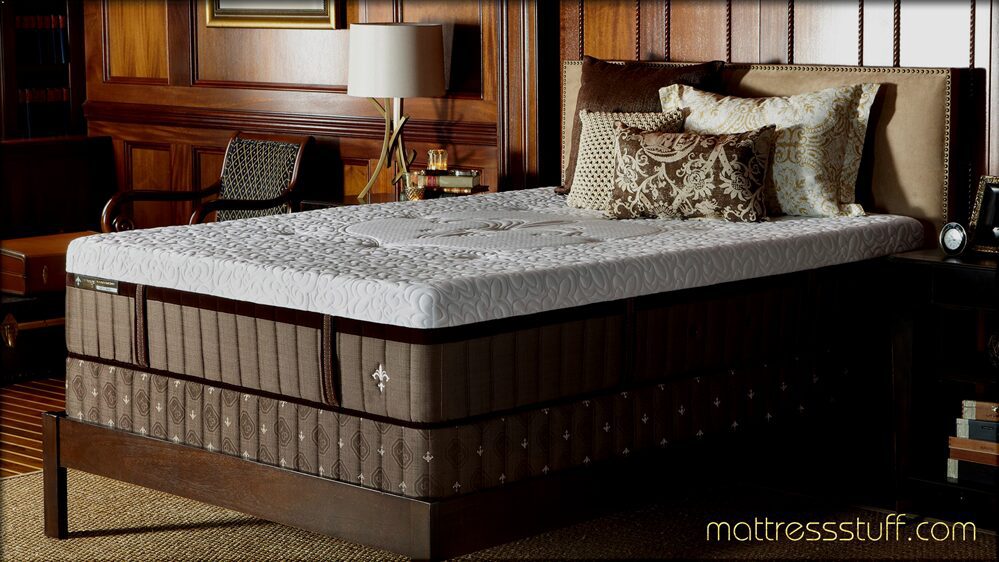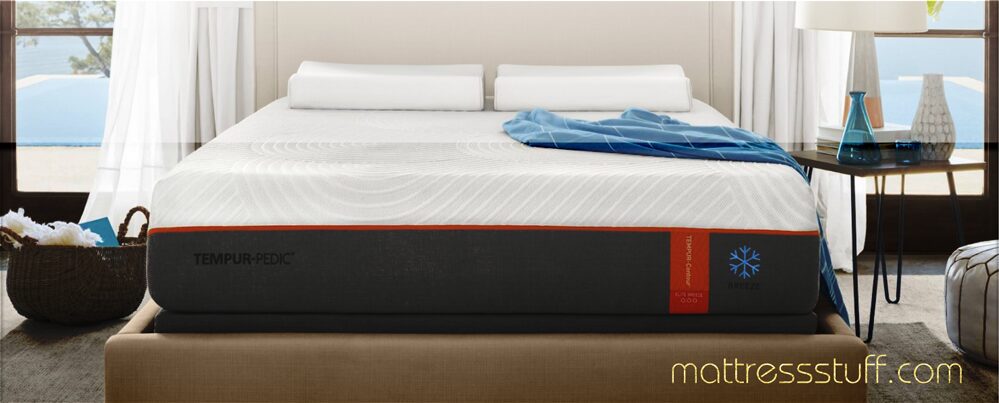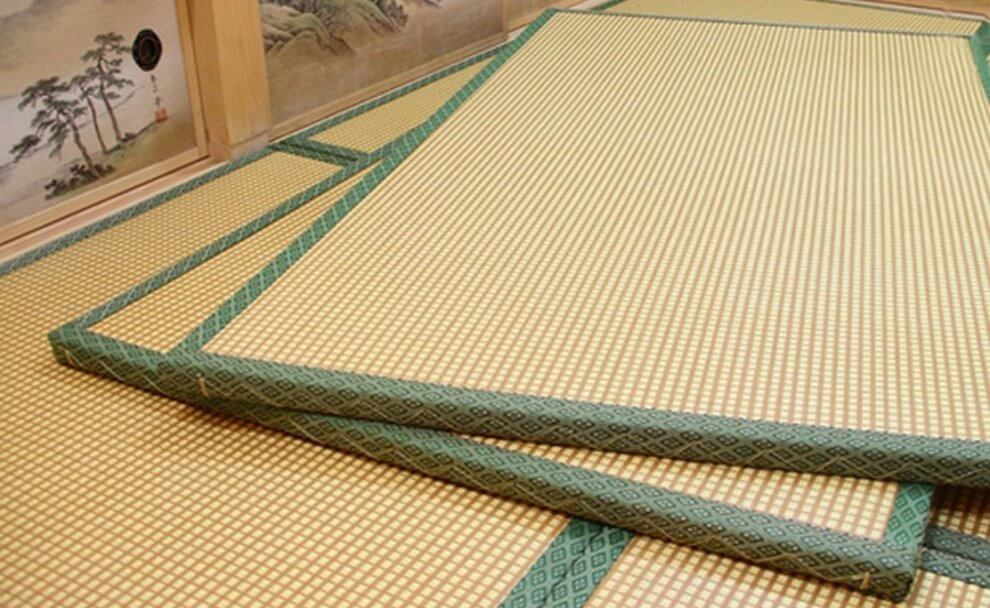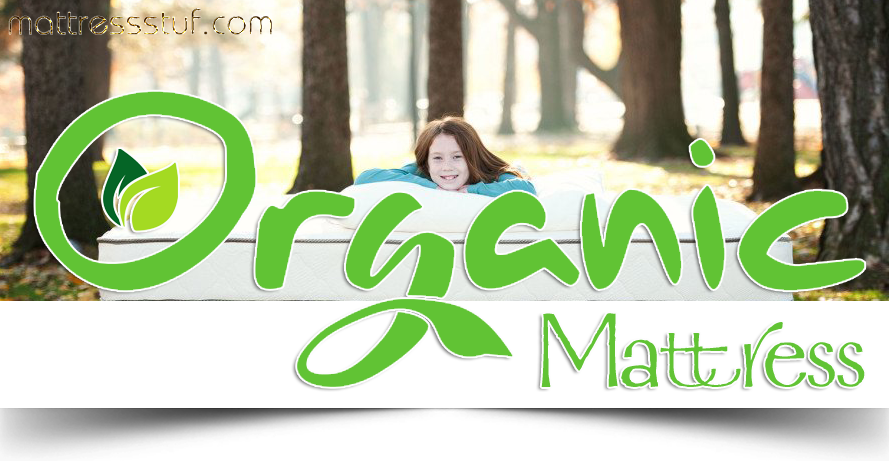
Table of Contents
Organic mattress, Natural mattress, and Green mattress, These terms have recently become prominent in the field of bedding especially among those who are looking for the best for health and of course the environment.
So let me answer all the questions that you may have in your mind about this issue … The Organic Mattress.
Organic Mattress .. what is it?
In simple words, combining non-toxic and natural materials such as organic latex, organic cotton, and organic wool produce what we call organic mattress or natural bedding.
Just like organic fruits or milk, which are typically healthier as they don’t contain fertilizer and pesticide, eco-friendly mattresses are totally free of harmful substances to ensure the health of every sleeper.
A true natural mattress will feature organic or natural materials in the cover, support core, and comfort layers. These include:
- Plant-based memory foam and polyfoam
- Natural Latex
- Organic fibers such as wool and cotton
- Fire socks made of Kevlar, thistle, cotton, or wool
Keep in mind that most mattresses are never completely organic or natural. Instead, the organic degree typically ranges from 60% to 95%.
Green mattress certifications
The term “Organic or Natural Mattress” isn’t strictly accurate, and many manufacturers often make claims with little or no evidence to back up their products. So how can you differentiate between non-green and green mattresses?
Fortunately, every mattress component can be certified, so make sure to check carefully before purchasing. Here are three of the most common certifications:
OEKO-TEX Standard

CertiPUR-US
The CertiPUR-US certification checks for the chemical emission for polyfoam used in many mattress layers and other harmful materials such as lead and PBDEs.
Eco-Institut
As an independent organization, Eco-Institut evaluates building materials and textiles for chemical substances and hazardous emissions.
Most manufacturers will provide certifications for their models. So make sure to take a look and ensure it is trustworthy.
Types (Materials) of organic mattresses
What is meant here are the basic raw materials used in the process of making organic mattresses or the original ingredient which gives it the main advantage of being (natural).
Latex
Synthetic foam manufacturers usually claim their products to be “latex”. However, natural latex is typically extracted from the sap of rubber trees without harmful additives or chemicals. Latex mattresses typically vary in purity degree, price, and customizability. Genuine natural latex might contain at least 95 percent natural rubber.
Many latex mattress models are also blended with a little amount of natural latex and a variety of fillers to enhance the durability. Their prices are different, depending on the casing materials and latex quality.
- Recommended: Detailed article about Latex Mattress
Wool
For those people who find buildup heat uncomfortable or annoying, wool is a great organic material to buy. A layer of natural wool fiber inside the mattress casing can help to dissipate any excess heat.
Also, microscopic air pockets within wool batting also help to create the natural insulation which enhances moisture evaporation and air circulation. As a result, wool mattresses can promote a driver and a cooler sleeping environment.
However, these models usually double as a futon, meaning that the will not last as long as memory foam or latex mattresses.
Cotton
Organic cotton is often grown without any synthetic chemical such as pesticides or fertilizers. Durable, comfortable cotton fabric can be used for a mattress or encasing many other mattresses.
Cotton fiber doesn’t confirm or contour to the body’s shape, thus resulting in a medium to firm feel.
Innerspring
Perhaps you are familiar with innerspring models, which come with metal coils as the main support core. Though these mattresses clearly cannot be “organic” . in our traditional sense, a few manufacturers commit to being more environment-friendly by using responsibly-sourced or recycled metal. Some other innerspring mattresses which claim to be natural might use organic fibers such as cotton or wool for the comfort layers.
Horsehair
For centuries, people had used horsehair as the main element to craft traditional mattresses. When it comes to building a bed, few materials would match horsehair.
In modern models, horsehair has an extremely effective integrated ventilation system. Each strand serves as a miniature airway that channels away heat and moisture.
- Recommended: Detailed article about Horsehair Mattress
– Coir fiber
This material is a natural fiber which is removed from coconut’s husk. That’s why coir mattresses are typically hard and provide a lot of support for your back.
After we get an overview and some information about organic bedding and the types of materials used in making it .. Now let’s get to know the advantages of organic bedding and its disadvantages.
Organic mattress advantages
No harmful substances
All of the organic materials like latex, wool, or cotton are typically hypoallergenic for most of us. They are all-natural components and grown organically without toxic chemical dyes or pesticides like traditional beds. This is especially important for those people who have a sensitive skin or are vulnerable to allergies. It is therefore called without doubt an eco-friendly mattress.
Customizable sizes and designs
For those couples who have different tastes, organic mattresses can be a great option as they are able to customize in terms of sizes, designs, and firmness levels. This is because they are designed or made to order, some manufacturers offer a variety of options to enhance the support and comfort of their customers.
Reduced environmental impact
The most important benefit of organic mattresses is definitely the reduced impact on the environment. Natural cotton and wool are eco-friendly materials, which are biodegradable and recyclable. So whenever you buy an organic bed, you are promoting the sustainable growth and minimize your carbon footprints.
[adinserter block=”7″]
Natural resistance to dust mites and mold
Organic fabrics are naturally resistant to dust mites and mold without the use of any harmful chemicals. This is especially helpful in those areas with warm and humid climates. So if you want to keep your mattress a healthy and hygienic sleeping environment, then there is no option better than organic models.
Good air circulation
Most organic mattresses are designed with an open-cell structure, which allows for good air circulation. Besides, the manufacturers also add a series of pinholes to increase airflow further. As a result, every sleeper can have a cool and comfortable night’s sleep, especially on a hot day.
Organic mattress disadvantages
Limited availability
The drawback of shopping for an organic mattress is primarily related to the convenience factors. All-organic beds are available in very few places, particularly in traditional retail stores. Though a few brands sell their product online nationally, chances are you would not test many models before purchasing unless you are living in an urban area. However, some stores offer the exchange or return policies in case some issues happen.
Limited options
Compared to memory foam or spring mattresses, there are often fewer options to consider when it comes to organic bedding. In general, you only have a few types, including wool-stuffed, futon-style, wool, horsehair, or latex mattresses.
Confusing to choose
If you do not have much experience with organic mattresses, it would be a little confusing to choose. There are many terminologies and certifications you need to compare before making the final decision. For instance, some manufacturers only offer organic covers, while others provide natural interior components. Some brands might even take advantage of misleading information or do not provide sufficient information for the customers.
- To eliminate this particular point you can read this detailed article on: “ the steps to choose the optimum organic mattress “.
Higher prices
Because organic materials require more resource to produce and have a limited supply, the prices of natural mattresses tend to be higher than standard memory foam or spring coil models. On average, an organic bed often costs from $2000 to $2500, while a spring model ranges from $1000 to $1500. However, it is a case when the extra cost suggests extra value.
Final verdicts
To sum up, the decision over an organic or non-organic mattress totally depends on your personal preferences. If you are an environment lover and want to reduce the carbon footprint, then there is no option better than natural bedding. When you have a tight budget, a memory foam or spring model can be a better option thanks to the availability and numerous options to choose from.

